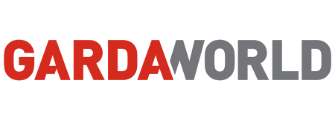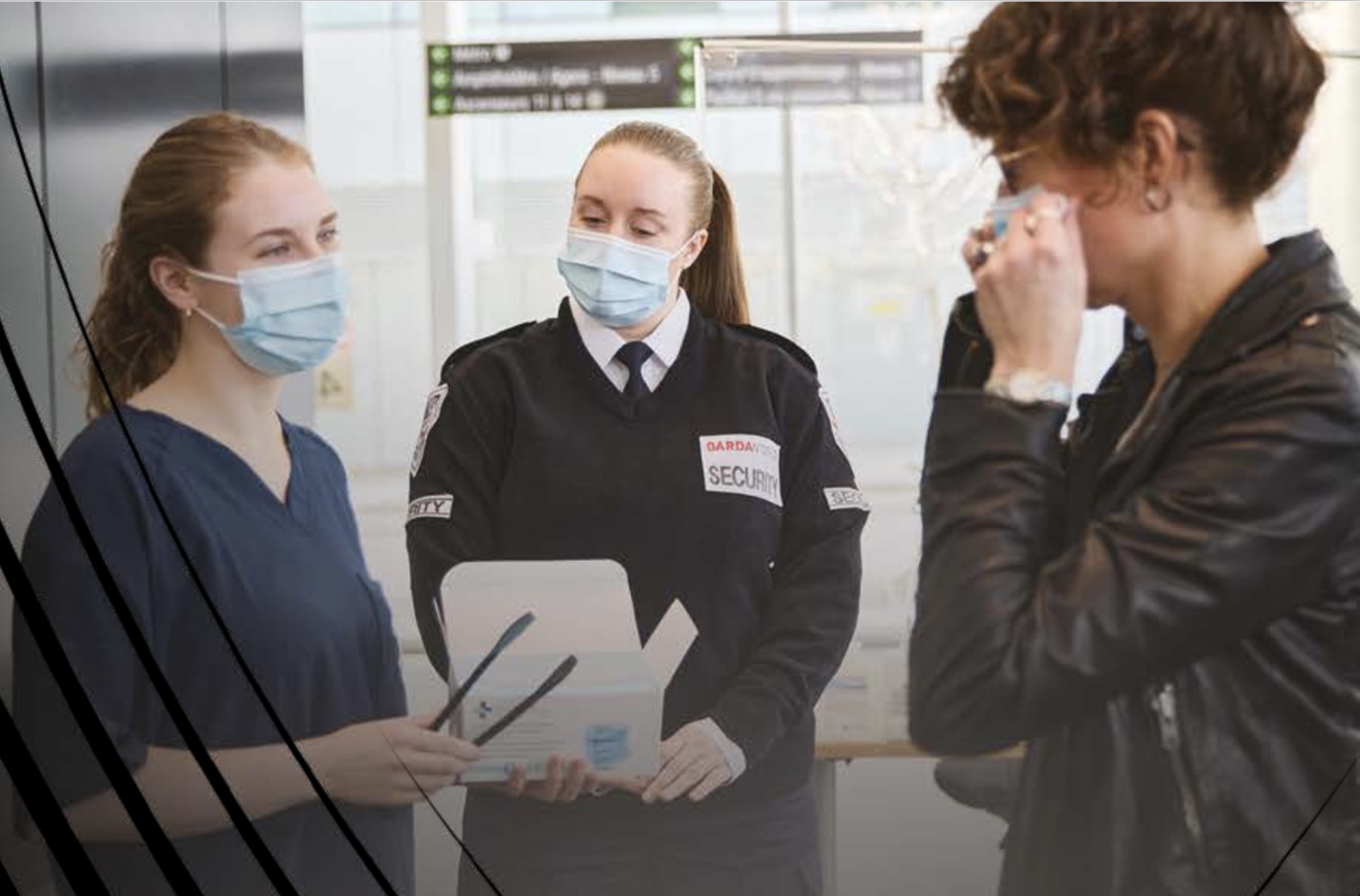
GardaWorld: Improved Security for the Canadian Healthcare Industry
By GardaWorld
Security Resources GardaWorld
Sponsored by

Over the past decade, the healthcare industry has experienced an alarming and growing trend of violence in the workplace with the associated need for increased security. To learn more, we spoke with Jeff Young, GardaWorld National Director for Healthcare Security.
We all rely on healthcare workers for their help. What are the security issues they face and how can we help them?
More than any other occupation, healthcare workers experience the highest rate of violence on the job. A 2017 Canadian industry survey shows 61%1 of registered nurses and support workers experienced workplace violence, with nearly 20% in Ontario saying they had been assaulted nine or more times that year2. The Canadian Federation of Nurses Unions (CFNU) says violence-related claims for front-line healthcare workers have increased by more than 65% over the past decade, three times the rate of increase for police and correctional service officers combined.
Those are staggering statistics. To think that the people who care for us are victims of violence. What solutions do you suggest?
We must develop better communications and cooperation between clinicians and security staff. Often there are pre-incident indicators that the patient/subject has a history of aggression. Clinical personnel must identify these people to the security team to allow us to help determine the overall risk level and develop mitigation strategies.
Can you give an example?
One I have experience with is at birthing hospitals when social services apprehend a newborn because a parent is deemed a risk. Hundreds of such cases occur every year in Canada.
It’s a terrible situation, but a good example. At times, healthcare workers will know in advance that a traumatic and potentially-volatile incident is going to occur. Yet, frequently the security staff is only notified by an emergency call after violence or a noncustodial abduction has already happened. Advance notice and cooperation can help protect everyone.
How can we develop “better communications and cooperation”?
Our goal is aligned with that of the healthcare industry: to support a safe and secure environment of care for all. We need to be seen and accepted as part of the care team.
Although healthcare security has come a long way, we must continue to professionalize our industry to gain the trust and respect of clinical and leadership. We must provide services in a professional manner and elevate our education and training, just as clinicians have health degrees and certifications. A degree is now standard for a healthcare security manager and a Master’s degree is often needed for a director position. Even PhD’s are becoming more common among healthcare security professionals, and some have gone on to become hospital CEOs. At GardaWorld, we have healthcare specific training developed by industry experts and we support IAHSS and their progressive certification.
What other measures do you recommend for healthcare security programs?
It’s important to have a formalized and defined threat management program. Front-line security officers should complete an intake form that is then reviewed by a specially- trained threat management team member. In consultation with clinical staff, risk mitigation strategies should be determined in advance of a potentially-violent incident. In situations deemed to be high risk, a multidisciplinary team should determine how to maintain a secure environment.
Any final thoughts?
For all involved in our field, keep working the relationships between clinicians and the security staff, especially in elevated risk areas like emergency departments, mental health and long-term care facilities, as well as maternity wards. And don’t forget clinical risk management. They need to be your friend! For more information, please don’t hesitate to reach out.
Jeff Young, CHPA, CPP • jeff.young@garda.com • +1 236 978-2992
Sources:
1. Canadian Federation of Nurses Unions (CFNU) 2. Canadian Union of Public Employees (CUPE)
Print this page
Advertisement
- What to know about B.C. decriminalizing possession of drugs for personal use
- Trends in Security: The Future of Access Control in Healthcare
Leave a Reply